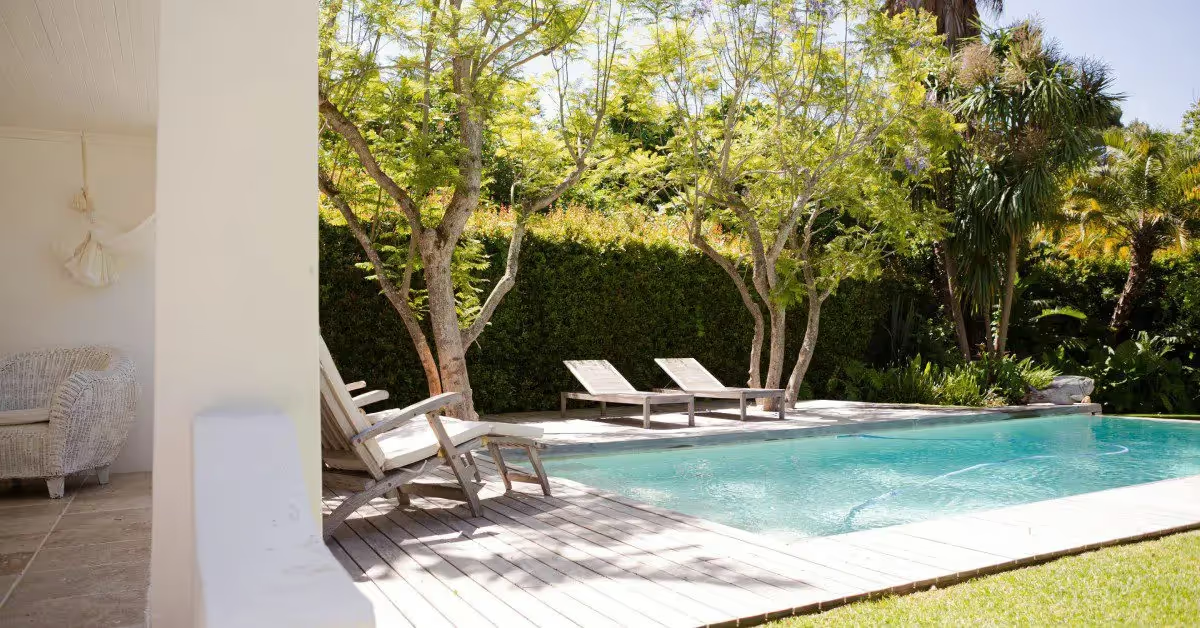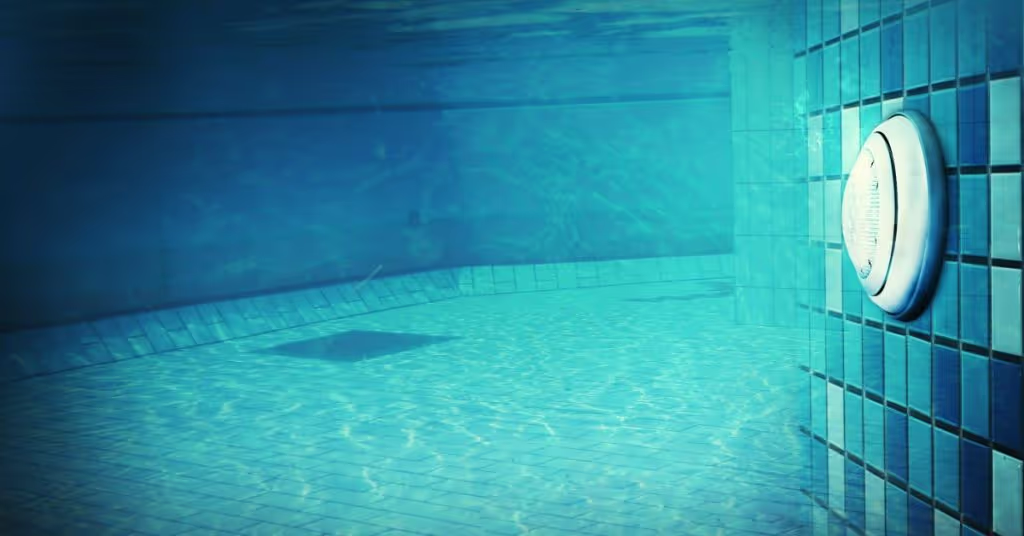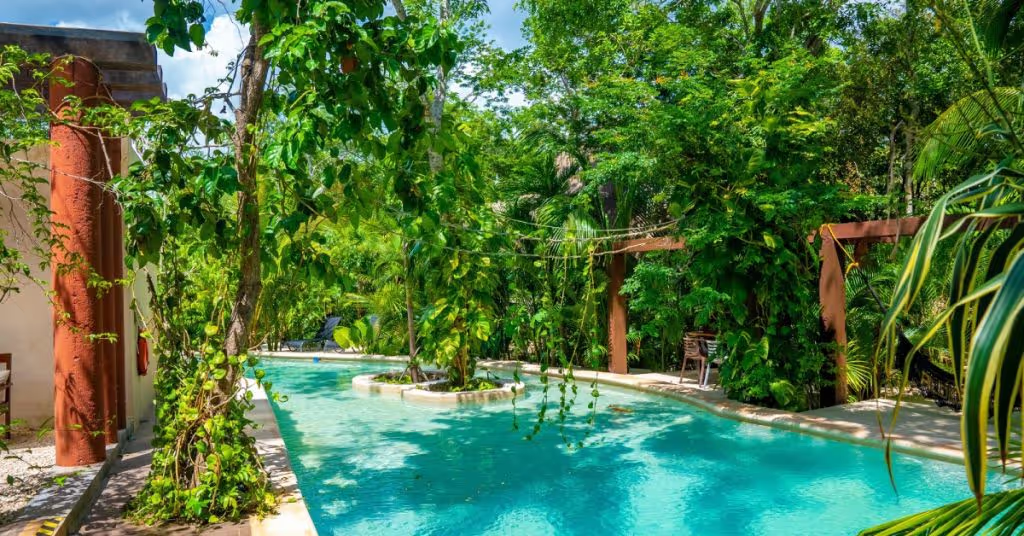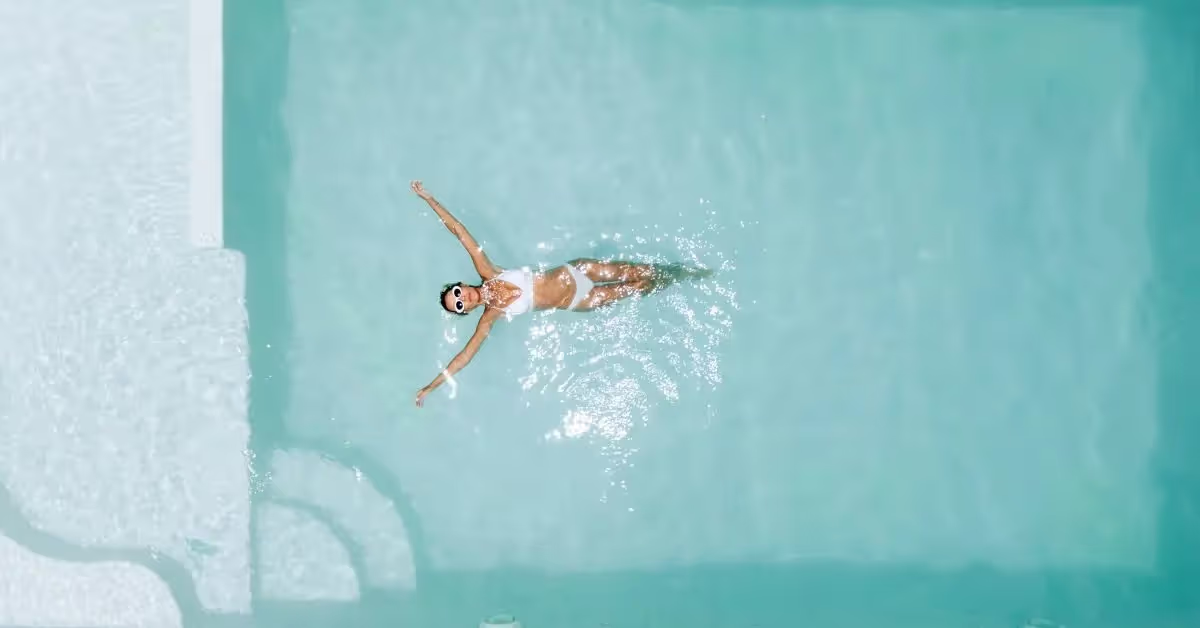Eco-Friendly Practices for Creating a Sustainable Pool

Sustainability is a key focus in home improvement projects as more homeowners recognize the importance of eco-friendly practices. Among these projects, creating an environmentally sustainable pool benefits the planet and homeowners. A sustainable pool reduces environmental impact and energy costs, making it a win-win for Utah pool owners. Let’s discuss eco-friendly practices for creating a sustainable pool if you’re ready to enhance your backyard.
Choosing Eco-Friendly Materials
The foundation of a sustainable pool is eco-friendly materials. Opting for recycled or reclaimed materials can significantly reduce the environmental footprint. These materials, often from previous projects, offer durability without the environmental cost of new production. Natural stone is another excellent choice, providing a timeless look that blends seamlessly with the surrounding landscape.
Eco-friendly materials offer longevity and require low maintenance, reducing the need for frequent replacements. Emphasize the importance of sustainability and inquire about the availability of recycled options when discussing material options with your remodeler. Collaborating with a knowledgeable swimming pool remodeling contractor will ensure your pool meets aesthetic and environmental standards.
More Eco-Friendly Pool Materials
Choosing sustainable pool materials doesn’t stop at the pool itself. Here are eco-friendly materials to consider:
- Recycled rubber pool mats offer a cushioned, non-slip surface around the pool area. Repurposed tires give these mats their durability and weather resistance, making them an eco-friendly alternative to synthetic mats.
- Concrete with fly ash uses industrial byproducts, reducing the need for virgin materials. This sustainable alternative maintains the strength and durability of traditional concrete.
- Bamboo fencing is a sustainable alternative to traditional wood fences. Fast-growing and renewable, bamboo naturally resists moisture and pests.
- Cork pool decking delivers a soft, comfortable surface, perfect for barefoot walking. Harvested without harming trees, cork serves as a renewable resource that provides excellent insulation and slip resistance.
- Permeable pavers let water seep through, reducing runoff and promoting groundwater recharge.

Energy-Efficient Equipment
Implementing energy-efficient equipment is another eco-friendly practice for creating a sustainable pool. They reduce your pool’s carbon footprint and lower energy costs. Modern technology offers several options to make your pool more sustainable. Variable-speed pool pumps use less energy than traditional pumps by adjusting their speed to match the pool’s needs, resulting in significant energy savings. Solar pool heaters harness the sun’s power to keep your pool warm, cutting down on conventional energy use and costs.
You can incorporate LED lighting to further enhance energy efficiency, as these lights consume far less electricity and have a longer lifespan than standard options. Moreover, automated pool covers help retain heat and reduce water evaporation, which conserves energy and water. Energy-efficient filtration systems operate more effectively, reducing overall energy consumption.
Always evaluate equipment based on energy efficiency ratings and certifications to ensure you achieve maximum savings and minimal environmental impact.
What Do Energy Efficiency Ratings Mean?
Energy efficiency ratings measure the energy consumption of a product relative to its performance. Higher ratings signify better energy efficiency, meaning the equipment uses less energy to achieve the same or superior results compared to lower-rated products.
For example, rating agencies evaluate variable-speed pool pumps based on their ability to adjust motor speed according to the pool’s specific needs. This flexibility allows them to use less energy than single-speed pumps, which operate at full capacity regardless of the actual requirement.
Water Conservation Techniques
Water conservation is an important component of sustainable pool design, particularly in arid regions, such as Utah. Implementing water-saving techniques ensures responsible use of this precious resource. Pool covers are a simple yet effective solution for minimizing evaporation, especially during hot months.
Advanced pool filters and pumps that use less water without compromising performance further enhance sustainability. Efficient plumbing systems and regular leak detection can prevent unnecessary water loss. Additionally, integrating rainwater harvesting and greywater systems can supplement your pool’s water supply, reducing dependence on municipal sources.
Maintaining water quality with fewer chemicals benefits the environment and creates a healthier swimming experience. Some eco-friendly pool chemical alternatives include saltwater chlorinators and mineral sanitizers. These options create softer, gentler water that is kinder to the skin and eyes.
Landscaping for Sustainability
Choosing native and drought-resistant plants significantly reduces water consumption, as these species naturally adapt to Utah’s climate. Excellent plant choices include Utah Agave, Desert Willow, and Apache Plume.
Using organic mulch and compost enriches the soil and supports healthy plant growth without harsh chemicals. Organic mulch retains soil moisture, suppresses weeds, and gradually decomposes to add nutrients to the soil. Compost improves soil structure, fertility, and promotes beneficial microbial activity, ensuring robust plant health.
Creating natural barriers or windbreaks, such as hedges or strategically placed trees, reduces evaporation by shielding your pool from the wind. Rocky Mountain Juniper and Gambel Oak are effective windbreaks while blending seamlessly into the natural surroundings.
Incorporating permeable paving and rain gardens further enhances your landscape’s eco-friendliness by effectively managing stormwater. Permeable pavers allow water to seep through, reducing runoff and promoting groundwater recharge. Rain gardens capture and filter rainwater, preventing erosion and improving water quality.
Selecting Eco-Friendly Remodelers
Choosing the right professionals to bring your eco-friendly pool vision to life is critical. Seek remodelers who specialize in sustainable construction. Ask potential remodelers questions about their experience with sustainable materials and energy-efficient equipment. Inquire about the types of eco-friendly materials they use and how they integrate energy-efficient technologies into their designs.
Look for remodelers who hold certifications and affiliations that signify their commitment to green building practices. Credentials such as LEED (Leadership in Energy and Environmental Design) accreditation or membership in organizations, such as the Green Building Council, demonstrate a remodeler’s dedication to sustainability.
Reviewing past projects and client testimonials offers valuable insights into a remodeler’s expertise and reliability. Additionally, discuss your sustainability objectives and ensure the remodeler understands your priorities. Regular updates and open communication will keep the project on track.
By choosing a remodeler with a strong background in sustainable practices, you can create a pool environment that’s beautiful and environmentally responsible.

Tips for Maintaining an Eco-Friendly Pool
Maintaining your eco-friendly pool requires regular attention and care. Follow these tips to ensure your pool remains both beautiful and sustainable:
- Use eco-friendly cleaning products. Opt for natural or biodegradable cleaning agents to reduce chemical runoff into the environment.
- Conduct regular equipment checks. Regularly inspect pumps, filters, and heaters to ensure they run efficiently.
- Educate household members on sustainable pool use. Teach family members to cover the pool when not in use to prevent heat loss and evaporation.
Final Thoughts
These sustainable practices enhance the visual and functional aspects of your pool and provide a sense of fulfillment for contributing to a greener world. We encourage you to take these steps toward sustainability in your pool remodeling project and experience the joy of an eco-friendly oasis in your backyard.
Transform Your Backyard Today
Contact Odyssey Pools now to create the luxurious pool of your dreams. Let's get started!



